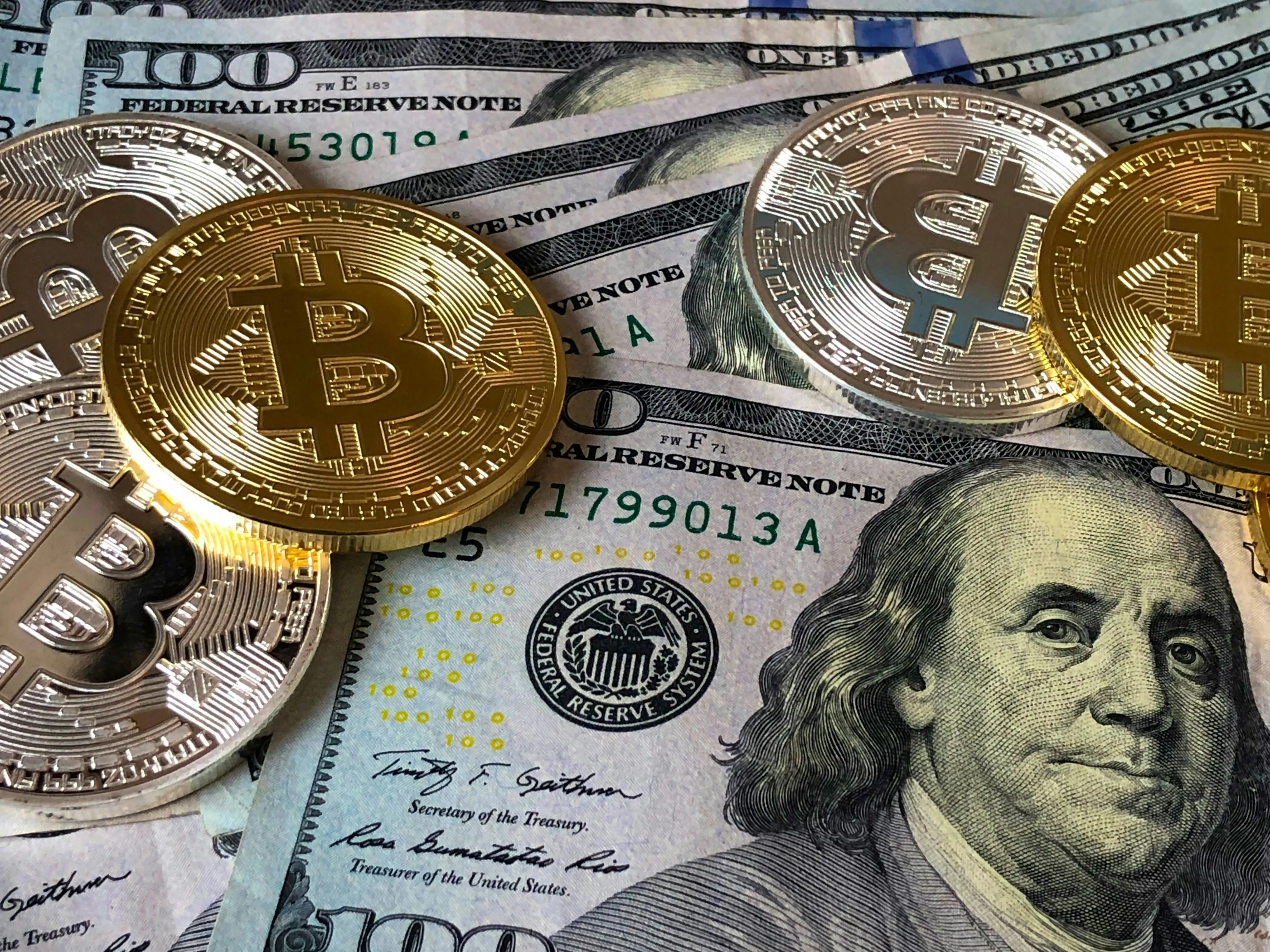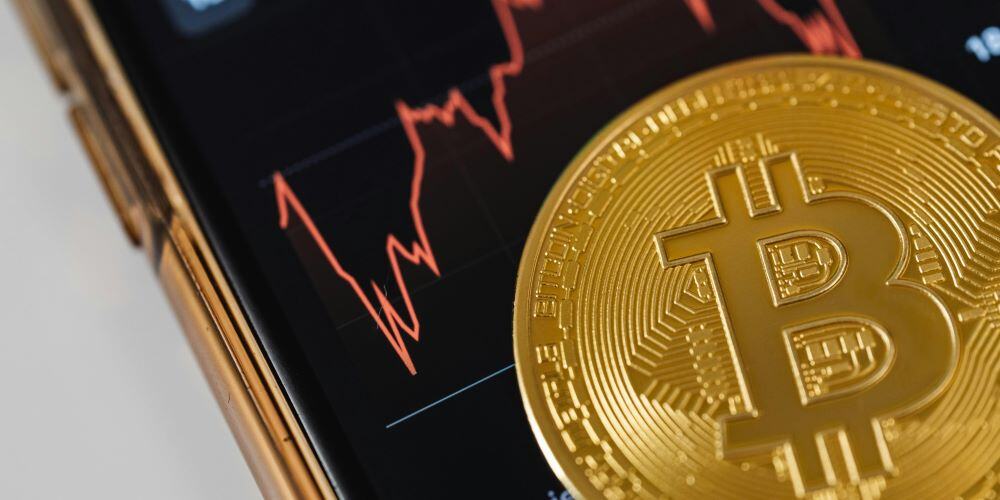Understanding Bitcoin’s 21 Million Cap
Take outs:
- Design Philosophy: Satoshi Nakamoto, Bitcoin's creator, set the 21 million cap to create scarcity, positioning Bitcoin as "digital gold" and a hedge against fiat currency inflation. This limit is hardcoded into Bitcoin's system, ensuring no more than 21 million bitcoins can exist.
- Scarcity and Value: The fixed supply makes Bitcoin one of the scarcest assets, potentially increasing its value over time. Unlike fiat currencies, Bitcoin's deflationary model means its value may rise as demand grows, contrasting with the inflationary nature of traditional money.
- Enforcement Mechanism: Bitcoin's supply is maintained through its mining process, using a "proof of work" system where miners validate transactions and secure the blockchain, receiving newly created bitcoins as rewards. This process ensures the gradual release of Bitcoin until the 21 million supply cap is reached.
- Halving Events: Approximately every four years, Bitcoin undergoes a "halving" event, reducing the reward miners receive for adding new blocks by 50%. This controlled release mechanism ensures scarcity over time, with the final coin expected to be mined around 2140.
Understanding Bitcoin’s 21 Million Cap
Bitcoin, the first and most widely recognised cryptocurrency, stands out for its decentralised design and groundbreaking use of blockchain technology. Its fixed supply limit of 21 million coins is a key feature that sets Bitcoin apart. This article explores the significance of this limit, the mechanisms enforcing it, and its impact on Bitcoin’s value and ecosystem.
Why 21 Million? The Design Philosophy
Bitcoin’s cap of 21 million coins wasn’t chosen randomly. Satoshi Nakamoto, the pseudonymous creator of Bitcoin, designed it as a currency resistant to the inflationary pressures affecting traditional fiat money. This supply limit is hardcoded into Bitcoin’s system, ensuring that no more than 21 million bitcoins can exist.
This concept was likely inspired by gold, a naturally scarce resource long regarded as a reliable store of value. By embedding scarcity into its design, Bitcoin was positioned as “digital gold,” serving as a potential hedge against the inflationary nature of fiat currencies.
The specific limit of 21 million stems from a combination of factors:
- Block Reward System: Bitcoin started with a reward of 50 BTC per block, which roughly halves every four years in a process known as the “halving.”
- 10-Minute Block Time: The average time it takes to mine each new block.
- Mathematical Simplicity: When factoring in these elements, the total eventual issuance approaches 21 million.
Scarcity and Value: Bitcoin’s Economic Proposition
Scarcity is a core concept in economics. Assets with a limited supply, like gold, tend to retain or grow in value over time. With its fixed cap of 21 million coins, Bitcoin is among the scarcest assets ever created.
Deflationary Dynamics: Unlike fiat currencies, which central banks can increase at will, Bitcoin follows a deflationary model. As its supply remains fixed and demand grows, the value of each bitcoin is likely to rise. This deflationary nature contrasts sharply with the inflationary tendencies of fiat money, which often erode purchasing power over time.
How is the Cap Enforced?
Bitcoin’s fixed supply is maintained through its mining process. It uses a system called “proof of work”, where miners solve complex mathematical problems to validate transactions and secure the blockchain. As a reward for their efforts, miners receive newly created bitcoins. This process ensures the gradual release of Bitcoin until the 21 million supply cap is reached.
Halving Events and the Path to 21 Million
Bitcoin’s supply is regulated through a mechanism called halving, which reduces the reward miners receive for adding new blocks to the blockchain by 50% approximately every 210,000 blocks (about every four years). This gradual reduction ensures a controlled release of Bitcoin, with the final coin expected to be mined around 2140.
Each halving decreases the number of new bitcoins entering circulation, creating scarcity over time. Historically, these events have been linked to significant increases in Bitcoin’s price.
- 2009–2012: 50 BTC per block
- 2012–2016: 25 BTC per block
- 2016–2020: 12.5 BTC per block
- 2020–present: 6.25 BTC per block
Ecomomic Implications of the 21 Million Cap
Store of Value
Inflation Resistance
Accessibility and Divisibility
Network Security
Challenges and Criticisms
Despite its intentional scarcity, Bitcoin’s capped supply has raised concerns about its long-term sustainability.
- Accessibility: As Bitcoin’s price rises, it could become less affordable for everyday users, potentially discouraging new participants from entering the market.
- Mining Incentives: The decreasing block rewards for miners may reduce their motivation to secure the network. If mining becomes less profitable, it could pose risks to the network’s overall security.
- Transaction Fees: With diminishing block rewards, miners will rely more on transaction fees as their primary income source. If transaction volume does not grow significantly, fees may rise, potentially limiting Bitcoin’s practicality as a medium of exchange and deterring user adoption.
Bitcoin’s 21 million cap is central to its appeal, defining it as a scarce, decentralized, and deflationary digital asset. While its design presents certain challenges, it offers a compelling alternative to traditional monetary systems. In an era marked by inflation and the declining value of fiat currencies, Bitcoin’s fixed supply and predictable issuance schedule continue to draw global interest. Understanding this economic model is essential to appreciating Bitcoin’s potential role in reshaping the future of finance. Whether Bitcoin ultimately fulfils its vision as “digital gold” remains uncertain. However, its capped supply ensures it will always stand as a unique and revolutionary asset in the financial world.
If you'd like assistance with your crypto related taxes, book a discovery session below.
Share this
You May Also Like
These Related Stories

The Argument for National Cryptocurrency Reserves

The Impact of Bitcoin ETFs on Crypto Market Volatility

/Brand/Logos/Kelly%20Partners%20Accountants%20Logo/Kelly-Partners-Accountants-Horizontal-Logo.webp?width=1500&height=212&name=Kelly-Partners-Accountants-Horizontal-Logo.webp)